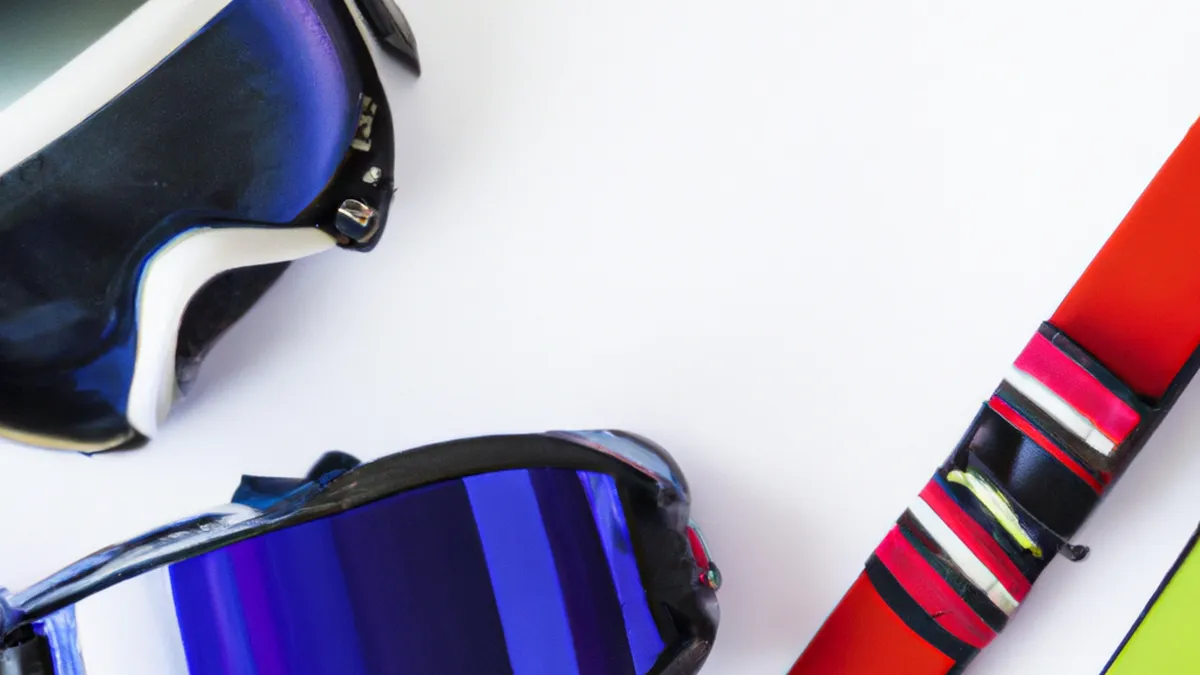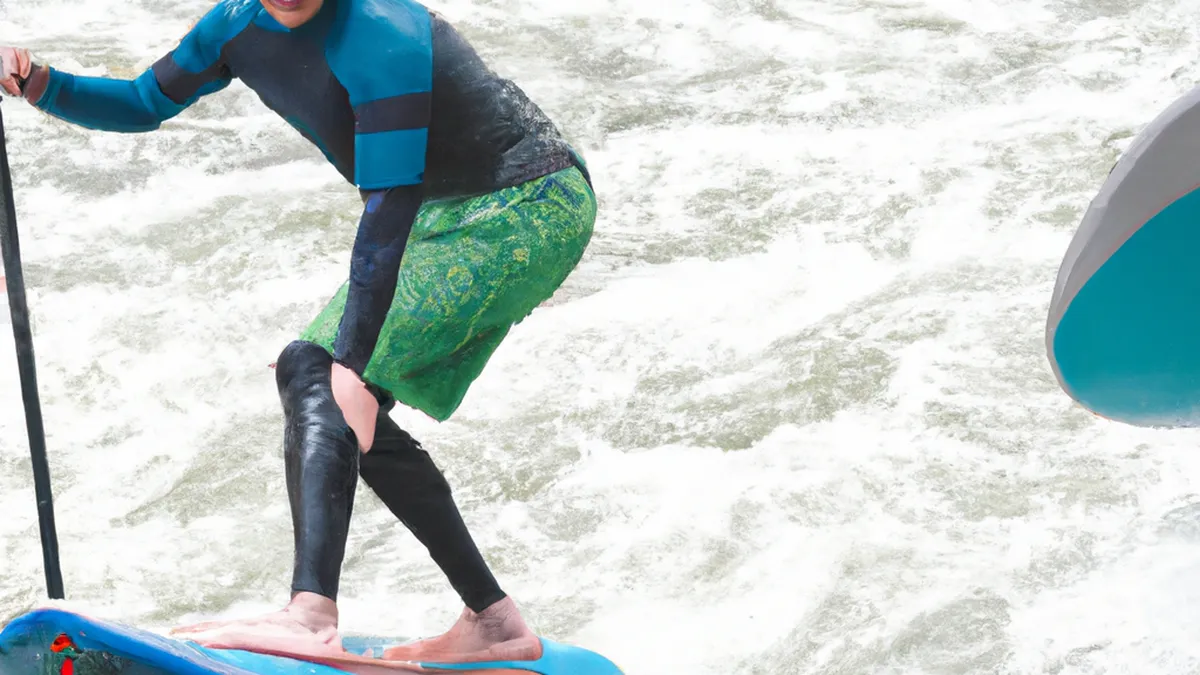Slopes & Safety: Curriculum Tips (Beginners)
Developing a Ski School Curriculum for BeginnersSkiing thrills with fun, fitness, and adventure. However, beginners often find it daunting. A structured ski school curriculum makes a significant difference. It helps new skiers learn basics and build confidence. This post shares tips for creating an effective ski school curriculum for beginners.
As an Amazon Associate I earn from qualifying purchases.
Gear tip: consider ski goggles, ski helmet, and ski gloves to support this topic.
Understand Your Audience
Before developing a curriculum, understand your audience. Beginners vary in fitness, experience, and comfort on snow. Some may be children, while others may be adults. Each group has unique needs and learning styles. Tailor your approach accordingly.
Assess Skill Levels
First, assess your students’ skill levels. Create a simple questionnaire to gauge their previous skiing experience. Ask about their physical fitness and comfort with outdoor activities. This information helps you design appropriate lesson plans for their needs and abilities. Children may require playful methods, while adults may prefer structured learning.
Set Clear Goals
Establish clear, achievable goals for your students. Break down skills into manageable parts. Focus on balance, stopping, and turning during initial learning stages. Set milestones for each session and communicate these goals clearly. This allows students to track progress and feel a sense of achievement.
Structure Your Lessons
A well-structured lesson plan is vital for effective learning. Organize your curriculum by skill level and build upon each skill progressively. Here’s how to structure your lessons:
Warm-Up Activities
Start each lesson with warm-up activities that prepare the body for skiing. Simple stretches and balance exercises help students feel comfortable and reduce injury risk. Incorporate fun games or light exercises to foster camaraderie among students.
Core Skills
Focus on core skills during initial lessons. Teach students how to put on and adjust ski equipment, including skis, boots, and poles. Introduce basic movements like sliding and gliding. Students should practice these skills on flat terrain before progressing to gentle slopes. Allow them to get accustomed to their equipment and the sensation of moving on snow.
Progress to Turning and Stopping
Once students master the basics, teach them how to turn and stop. Use visual aids and demonstrations to clarify these techniques. Encourage students to practice turning in both directions. Include snowplow and parallel stops as essential stopping techniques for safety on slopes. Provide constructive feedback throughout this process to help students refine their techniques.
Introduce Terrain and Conditions
As students become comfortable with basics, gradually introduce different terrains and conditions. Teach them to assess slope steepness, snow quality, and weather conditions. Encourage them to adapt their skiing accordingly.
Conclusion
In summary, effective ski school curricula cater to beginners’ needs. Understanding your audience, setting clear goals, and structuring lessons promotes successful learning.
Below are related products based on this post:
FAQ
What is the importance of understanding the audience in a ski school curriculum?
Understanding the audience is crucial because beginners vary in fitness, experience, and comfort on snow. Tailoring the approach to meet the unique needs and learning styles of different groups, such as children and adults, ensures that the curriculum is effective and engaging for all participants.
How should skill levels be assessed before starting lessons?
Skill levels should be assessed by creating a simple questionnaire that gauges previous skiing experience, physical fitness, and comfort with outdoor activities. This information helps in designing lesson plans that are appropriate for the students’ needs and abilities, ensuring a better learning experience.
What are some core skills that should be taught in initial lessons?
Core skills that should be taught include how to put on and adjust ski equipment, basic movements like sliding and gliding, and practicing these skills on flat terrain. Mastery of these fundamentals is essential before progressing to more challenging aspects of skiing, such as turning and stopping.















Post Comment